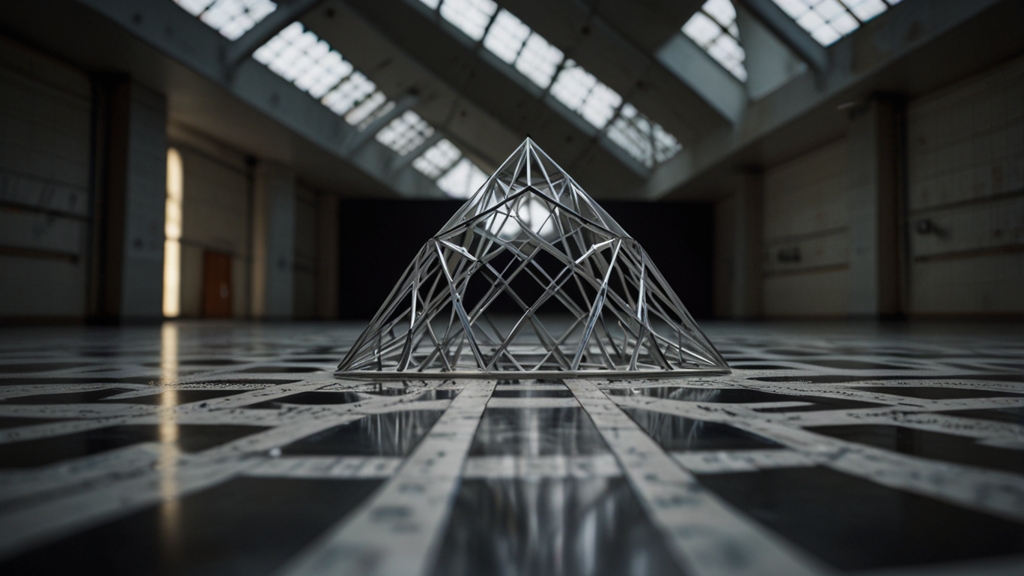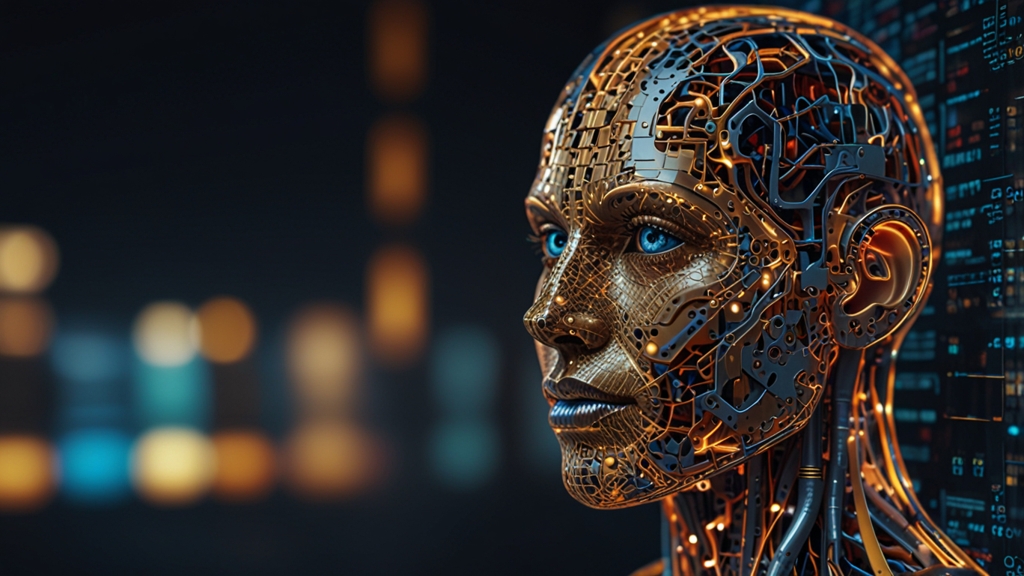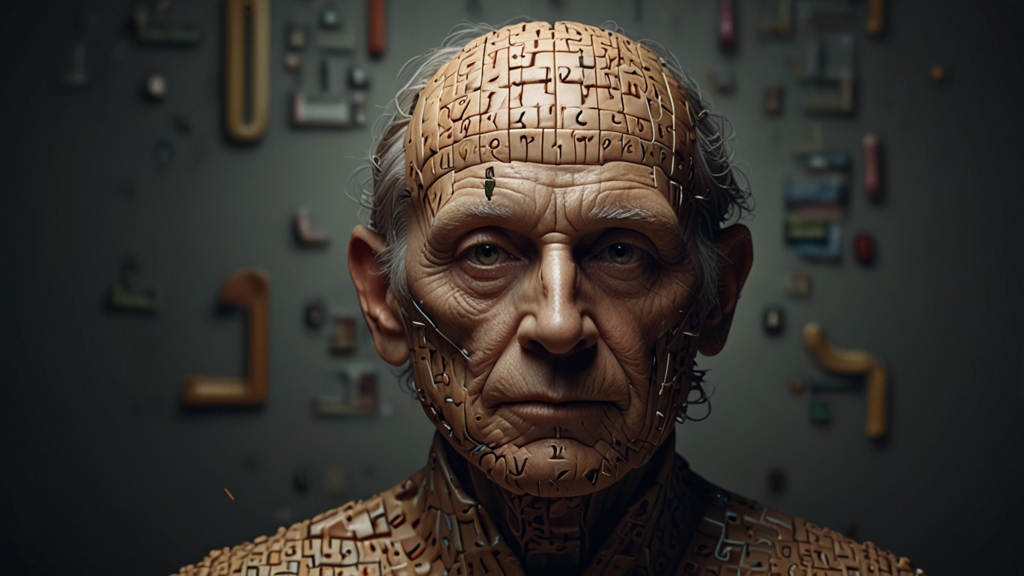The Skeletal Remains of a Forgotten King: A Historical Scandal
In the shadowy corners of history, some stories remain buried until chance or curiosity brings them back to light. One such tale is that of the skeletal remains of a forgotten king, a story that intertwines historical intrigue, royal conspiracy, and modern-day scientific revelation. This article delves into the scandal surrounding these ancient bones, exploring their discovery, historical significance, and the controversies that have continued to haunt their legacy.
The Discovery: Unveiling the Past
It was an ordinary day at an archaeological site in a remote part of England when a team of archaeologists uncovered a set of skeletal remains. The location was a dilapidated church, long abandoned and nearly consumed by nature. The bones, initially thought to be those of a commoner, were later identified as remarkably well-preserved remains, suggesting a person of significance.
Upon closer examination, the team discovered evidence of serious battle wounds and signs of scoliosis, a curvature of the spine. These clues led to the hypothesis that the remains could belong to a royal figure. But which one? As speculation grew, so did public interest, and soon historians, scientists, and the media were abuzz with theories and debates.
Historical Significance: The Life and Death of King Richard III
Through extensive DNA analysis and radiocarbon dating, it was finally concluded that the remains belonged to none other than King Richard III, the last Plantagenet King of England. Richard III ruled for a brief period from 1483 to 1485 before he was defeated at the Battle of Bosworth Field, ending the Wars of the Roses and ushering in the Tudor dynasty.
King Richard III's reign was marred by controversy and his death was equally dramatic. Historical accounts and Shakespearean drama have often painted him as a villainous figure, but recent debates have sought to reassess his legacy, focusing on the political machinations that contributed to his downfall. The discovery of his remains offered a tangible connection to this much-debated historical figure, providing new insights into his life, health, and violent demise.
"The bones may be silent, but they have a story to tell," said Dr. Joanna Forster, one of the lead archaeologists. "Through modern science, we can give voice to the past and perhaps correct some of the injustices history has handed down."
Modern Controversies: The Ongoing Debate
The discovery of Richard III's remains ignited a series of modern controversies. Chief among them was the debate over where his remains should be reinterred. Leicester Cathedral, located near the site of the discovery, was initially chosen for the reburial, but this decision faced fierce opposition from various factions who believed York, his birthplace and namesake, would be a more fitting resting place.
There was also a broader ethical question about the treatment and reburial of ancient remains. Some critics argued that excavating and displaying the bones of the deceased, even a royal one, was a form of historical voyeurism. Others contended that doing so helped to educate the public and preserve history for future generations.
"It's a delicate balance between respect for the dead and the thirst for knowledge," noted historian Mark Stanford. "Each discovery comes with its own set of ethical dilemmas that we must navigate with care."
The Impact: Rewriting History
The reburial of King Richard III in 2015 at Leicester Cathedral marked a significant moment in both historical scholarship and public interest in medieval history. His rediscovered remains have led to a re-evaluation of his legacy, challenging long-held narratives and fostering a renewed interest in the complexities of his character.
Moreover, this discovery has underscored the importance of interdisciplinary approaches in unraveling historical mysteries. Combining archaeology, DNA analysis, forensic science, and historical scholarship, researchers have been able to piece together a more nuanced picture of the past, reminding us that history is not static but continually being reshaped by new findings.
The skeletal remains of King Richard III serve as a poignant reminder of the layers of history that lie beneath our feet, waiting to be uncovered. They also highlight the enduring fascination with royalty, power, and the human stories that shape our collective past.
"In the end, history is as much about those who study it as it is about those who lived it," said Dr. Forster. "Each generation brings its own questions and perspectives, ensuring that the past remains a vibrant, ever-evolving dialogue."








